It’s often said that Benedictine monasticism saved Western civilization during the Dark Ages. Normally, we think of an ink-stained monk huddled over manuscripts in a damp scriptorium, straining in the inadequate light of a flickering candle, copying books that no one knows how to read that they might not be lost to the centuries. This is a heroic and romantic notion, one not totally devoid of truth. But the story of the Benedictine monks is far, far more interesting. It’s not so much that the Order of St. Benedict saved Western civilization as that they built a new civilization. The Europe that emerged in the Middle Ages and grew into the modern West was a combination of the Roman and the Germanic, and it was the monks, more than anyone else, who gave it life.
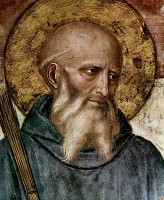
St. Benedict of Nursia lived in the late fifth and early sixth centuries in central Italy. He started several communities of religious men and wrote his famous Rule to govern their lives. It is a beautifully Roman rule. Benedict took the ascetical teachings of the East and adapted them to the Roman personality. The Rule is concerned with the decidedly Roman virtues of stability, order, and moderation. Even the layout of the Benedictine monastery was based on the Roman villa, and Benedict’s insistence on the absolute authority of the written Rule was likewise Roman. Indeed, the great historian R. W. Southern referred to the Rule as the last great piece of Roman legislation; it was characterized by romanitas, the normative value of Roman culture. But interestingly, Benedictine monasticism was not a Roman phenomenon. After Benedict’s lifetime, which saw the start of the devastating Gothic Wars, there isn’t evidence of a single Roman monastery following the Rule until the tenth century. Rather, it was in faraway England, and then Gaul and Germany, that the Rule thrived.
St. Gregory the Great had sent missionaries to the Anglo-Saxons in the early seventh century. By this time, most of western Europe no longer lay within the Roman world, having been overcome by Germanic tribes. These missionaries carried with them the Benedictine Rule and the notion of romanitas. In the late seventh century, the protégées of these missionaries crossed back over the channel to Gaul and Germany. They found immediate patronage under the Carolingian clan of the Franks and began to imbue the Franks with romanitas and spread the Benedictine Rule. Profoundly affected by these monks, the Carolingian kings adopted Roman customs and increasingly looked to the papacy in Rome as the Church’s spiritual head. They also built thousands of monasteries. Within these monasteries, the Germanic and Roman cultures grew together in a profoundly liturgical culture that shared with the Roman a focus on moderation, law, and literacy and with the Germanic a focus on action and social solidarity. The monks of the Carolingian Empire were no hermits living divorced from their brothers in the world. Rather, their spiritual warfare against the devil was the direct counterpart to the armies’ warfare against the worldly enemies of the kingdom—the two sides of the conflict were understood to rise or fall together.
At about this time, the papacy in Rome was drifting away from the Eastern Roman Empire centered in Constantinople. The distant Eastern emperors were increasingly unable to protect the papacy from the Lombards, who had conquered most of Italy in the sixth century, and so the popes began looking for more local help. When the emperors in the East adopted the iconoclast heresy, the popes turned north to the Carolingians for protection, and what they found was a kingdom imbued with romanitas and full of monasteries. The Franks swept into Italy, conquering the papacy’s enemies and setting up the foundations of the papal state. This move culminated on Christmas Day 800 when Pope Leo III crowned Charlemagne emperor of the Roman Empire. With this realignment, Catholic Europe was born, a synthesis of the Germanic and the Roman—but a profoundly orthodox synthesis. The liturgical and monastic developments of the Franks, including the Benedictine Rule, spread to the Roman Church, while the Romans influenced the Franks in legal and doctrinal matters. Together, the popes and the Carolingian kings built Western Christendom.
The great melting pots of this exciting story were the Benedictine monasteries. It was the monks who brought the Roman and the Germanic together within the bounds of orthodoxy and who created a Christian culture that both preserved the fruits of classical civilization and adapted and grew over time.
There’s a fascinating lesson here for the contemporary Church. The faith in the West is weakening; there’s no doubt about that. It’s under assault. But Christianity is growing in new and unexpected ways throughout the world from seeds planted by Western missionaries; the West’s culture is mingling with non-Western, traditional, or even postmodern cultures in dynamic orthodoxy. It seems very likely that it is from this dynamic that Europe will rediscover the Faith. Pope Benedict XVI has often remarked that he chose St. Benedict as the patron of his reign because the saint points to the Christian roots of Europe. The pope, like Pope John Paul II before him, has often looked backward in order to see the way forward—in this regard, and for the conversion of Europe, it seems to me that the current pope is very aptly named.

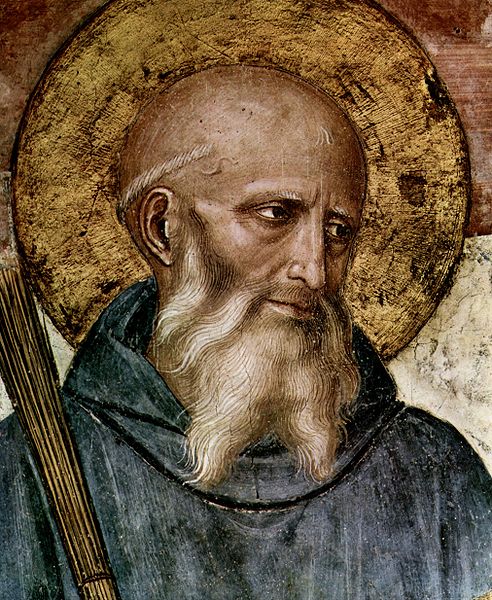
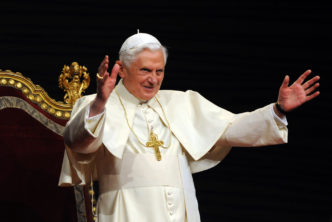
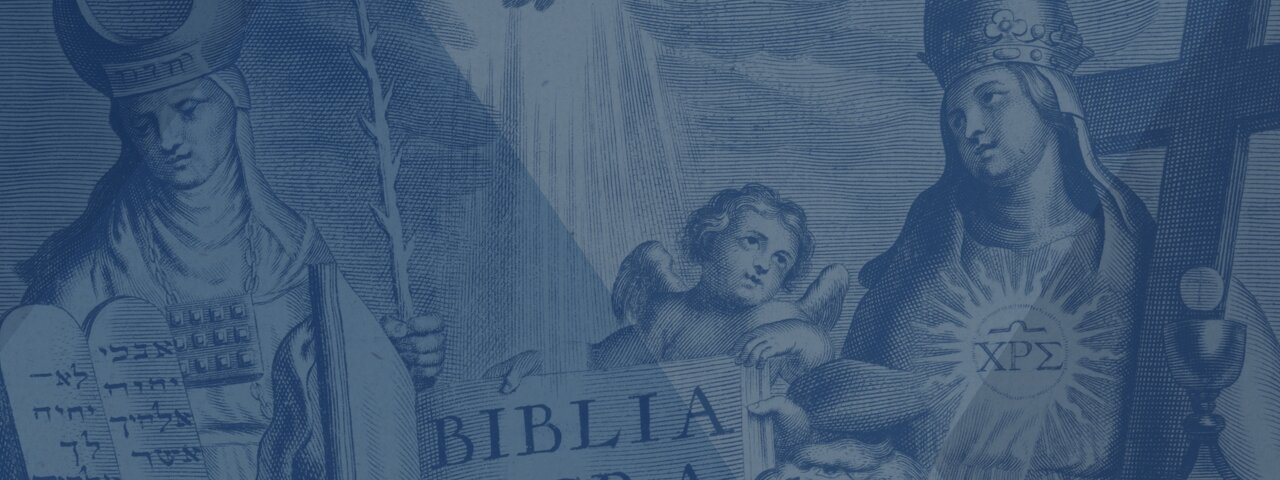
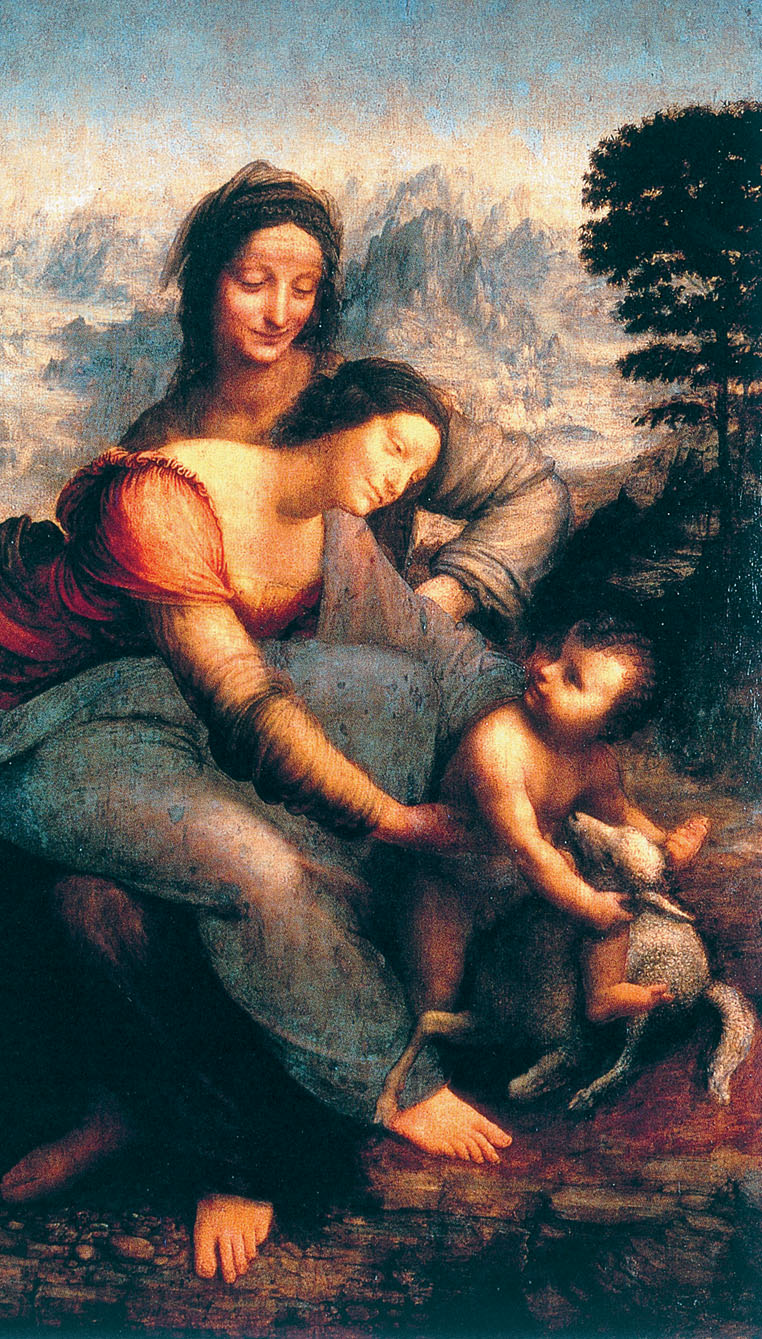
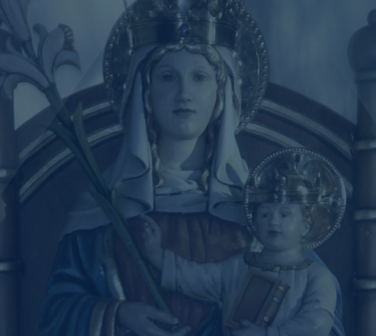
This was a GREAT post, a super overview of the remaking of Western Europe — and you are right, if modern Europe is to ever ‘reawaken’ to it’s historic Christian roots, it must look back to be able to see the way forward.
And not just Europe — we in the “other West” — the continents of the Americas — have a much weakened Christian foundation, and is in much need of renewal also. We, too, have received richly from the heritage of the Benedictines, as it was our Christian fore-bearers, nurtured in Catholic European civilization, who explored and settled our world (think: Christopher Columbus, the French, the Spanish missions of the Western States).